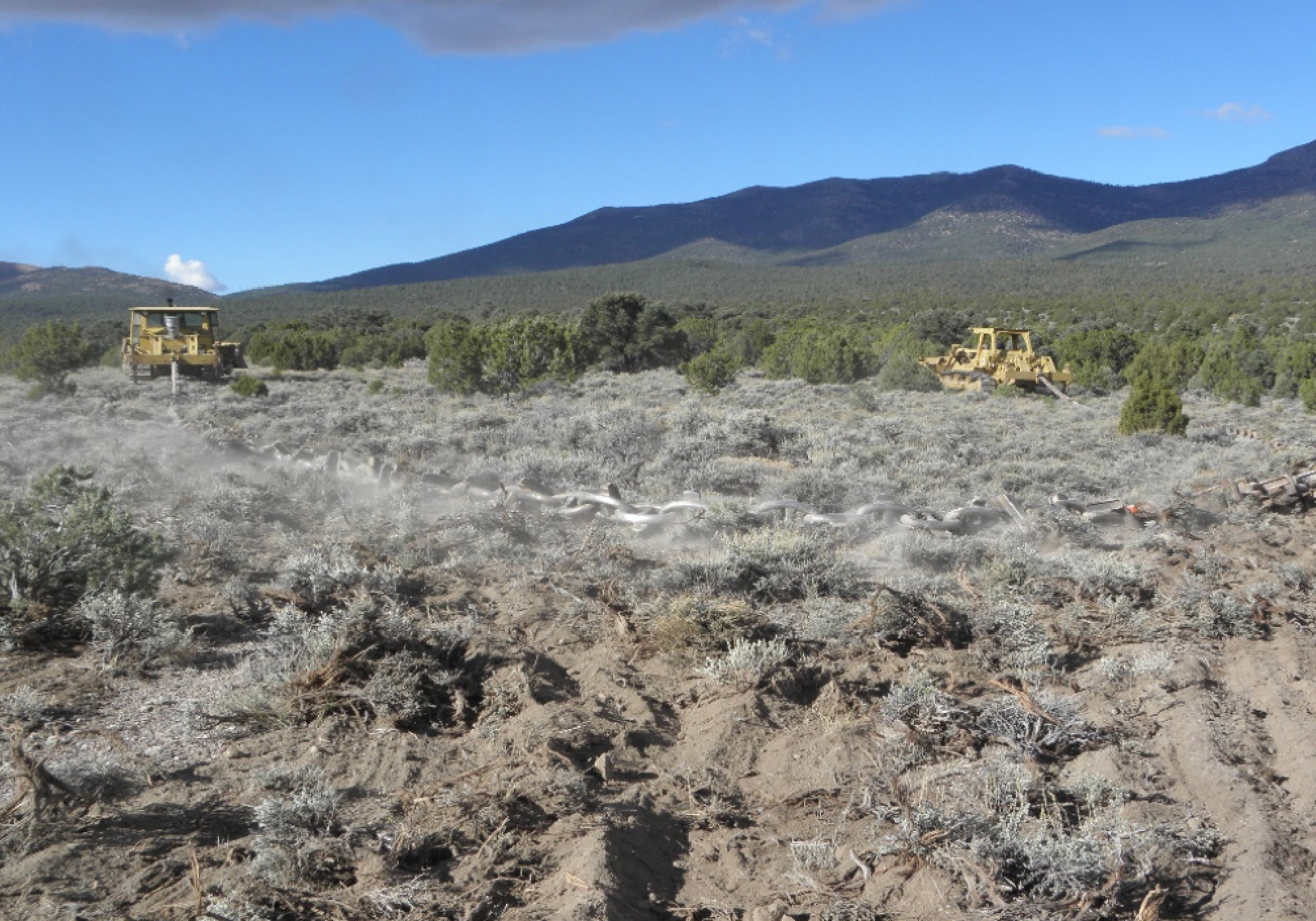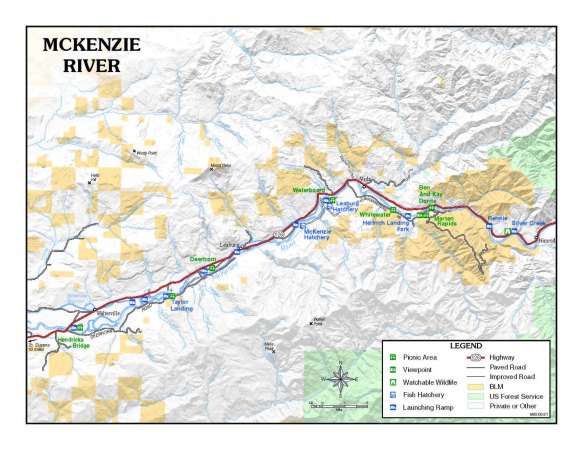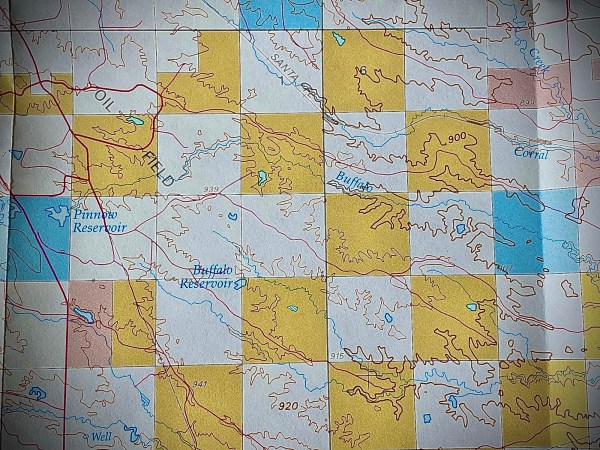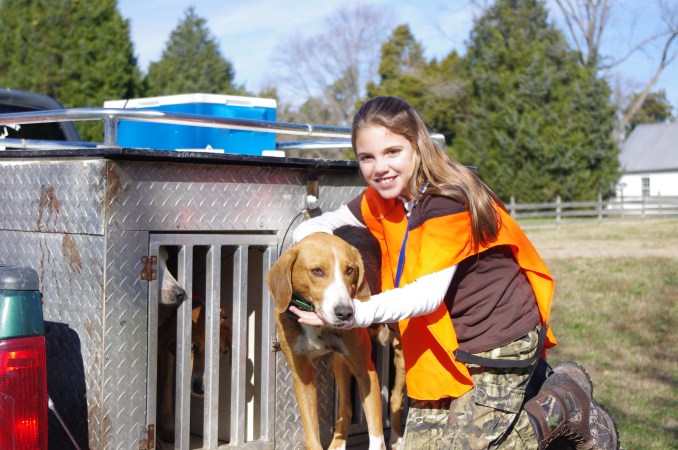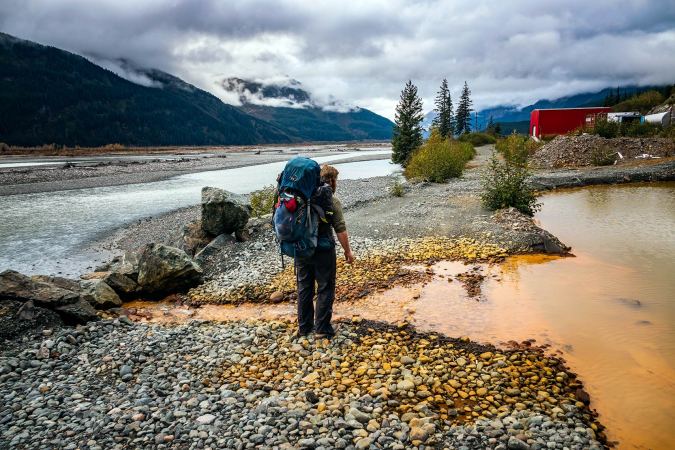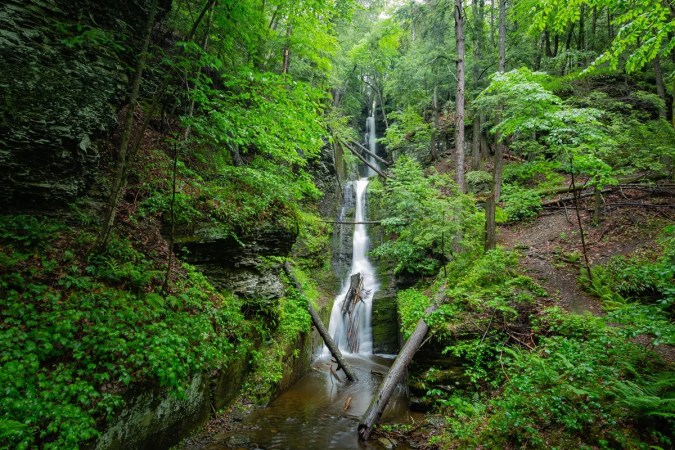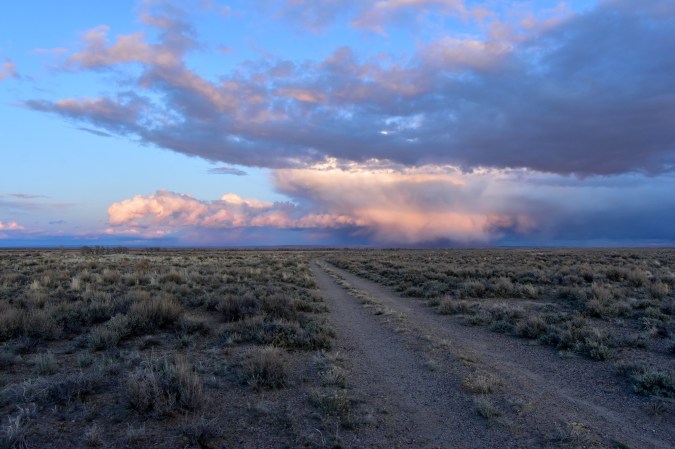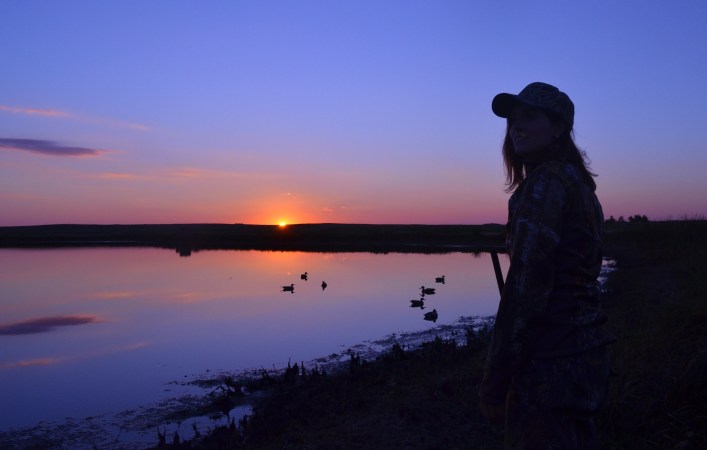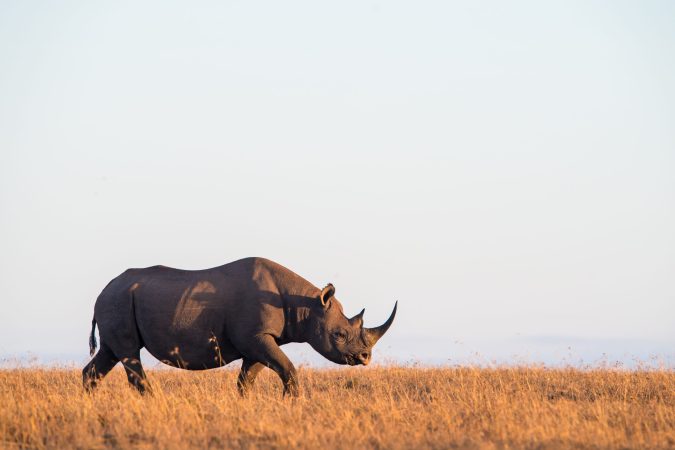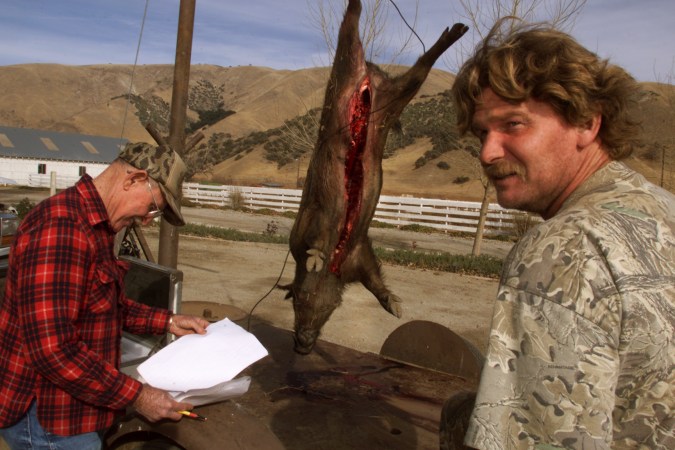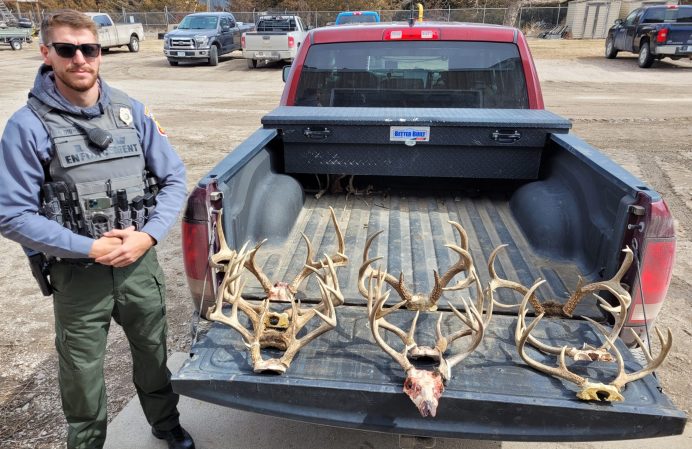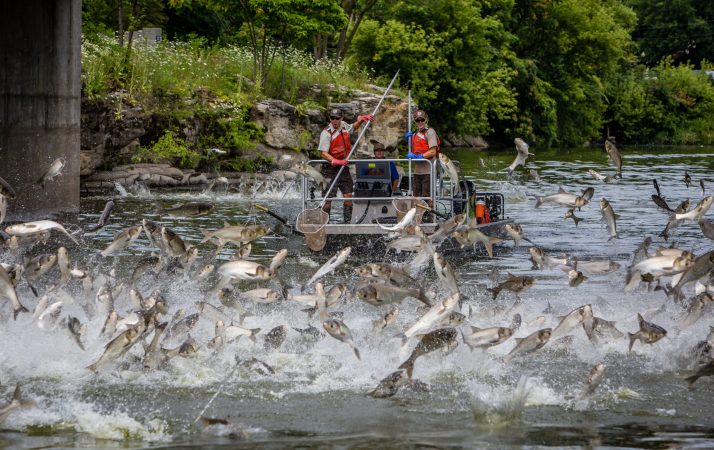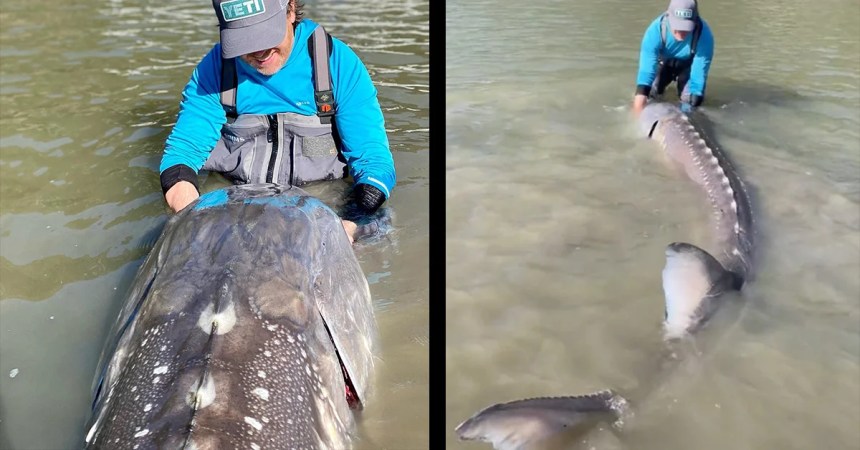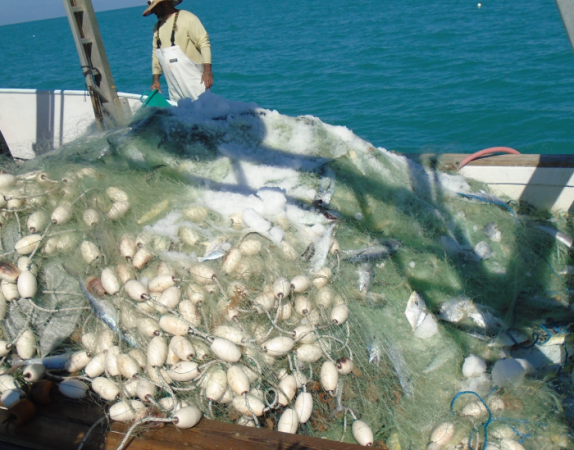Pinyon pine and juniper trees aren’t invasive species in eastern Nevada. But they sure behave like ones. While this drought-adapted ecosystem is crucial for an increasingly dry American Southwest, the thick, stubby growth also crowds out large swaths of sagebrush habitat, choking the understory that houses and protects sage grouse and provides important forage for pronghorn, mule deer, and elk.

So the Bureau of Land Management, with the help of the U.S. Forest Service, is working through the multi-year, 100,000-acre Ward Mountain Restoration Project to level the playing ground for wildlife—literally. By clearing chunks of pinyon-juniper woodlands for a mix of native grasses and forbs, and creating more room for pre-established sagebrush to thrive in the process, the agencies are making this habitat much more viable for wildlife. But to do this properly, they have to make a pretty serious mess first.
In this video, two bulldozers tow the ends of a giant rolling chain that mows down every pinyon pine and juniper tree it runs into. The dense sea of green falls like a field of bowling pins as the 170-foot-long, 12-ton ‘Ely Chain’ does its job. (It’s named for Ely, Nevada, where it was invented by the BLM in the early 1970s.)
“It’s actually a battleship anchor chain that we get surplus from the Navy,” Cody Coombs, the hazardous fuels program manager for the BLM’s Ely District, says. “Each chainlink is about 90 pounds, and we weld railroad iron perpendicular onto the length of the chain, which helps grab onto the trees and actually pulls the roots out.”
Some environmental groups decry the Ely Chain and the BLM’s techniques for improving habitat resilience. But Coombs explains that a pinyon-and-juniper-dominated landscape is a nightmare waiting to happen for multiple reasons.
“We needed to do some work on the area to reduce hazardous fuels for wildfire and improve habitat for sage-grouse, mule deer, and elk,” Coombs says. “Once you get really heavy, dense pinyon and juniper, it prevents shrubs and grasses from growing. They actually start dying out. So you have a have a monoculture of trees with no shrub or grass understory.”
What you don’t see in the video is how after the Ely Chain tears through a grove, a helicopter carrying a seed hopper will fly overhead, dispersing native grass and forb species across the layer of leftover pinyons and junipers. The Chain then passes back the other way, flipping the seed-covered green matter over so that the seeds make it into the ground and the plant scraps anchor them on top.
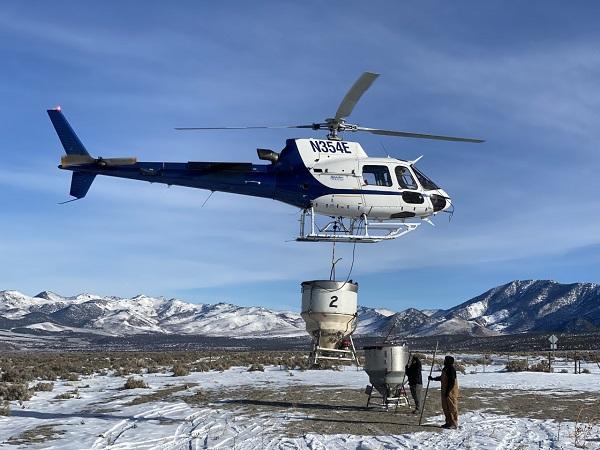
“Most of the juniper will just lay there and continue to grow unless you drag the roots out completely. So we’ll go one way then chain it in the opposite direction to flip the juniper trees over and pull the roots out while covering the seed we applied,” Coombs explains. “We get fewer trees, and more grasses, shrubs, and forbs within a couple years.”
To the untrained eye, this project might look like a scorched-earth strategy to eradicate every last corner of the pinyon-juniper forest. But the project leaves behind tree “islands” to create spots of thick cover that elk and mule deer love so much. The improved understory also aids the watershed by preventing erosion. Shrubs and grasses hold down the soil better in high winds and flash floods.
“Establishing perennial and forb species helps buffer against erosion, especially on bare or exposed soil and slopes,” Coombs says. “Perennial species are also able to successfully compete with invasive annuals, for example cheatgrass.”
The Ward Mountain project is part of a much larger regional effort to improve watershed and habitat health and reduce the chances of catastrophic fire around eastern Nevada. The BLM’s Ely District is working on four projects covering over 230,000 acres and using a variety of methods to open up space for sagebrush and understory growth, including mastication and prescribed fire. All this work takes a few years to pay off, but Coombs says it’s well worth the mess they make in the process.
“After the first year or two [of habitat work], people don’t think it looks all that great,” Coombs remarks. “But after a few years, when you start getting all the species established, it looks really good as far as diversity of vegetation. And it gets a lot of use by wildlife.”

